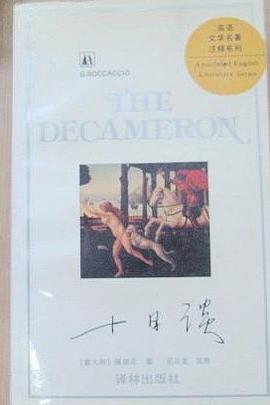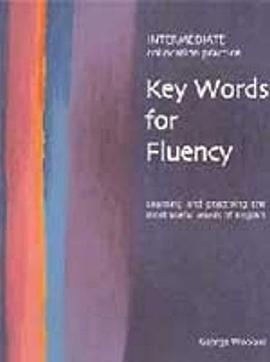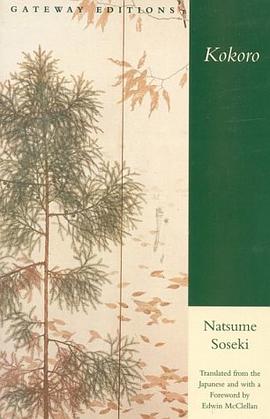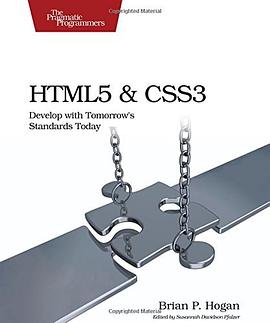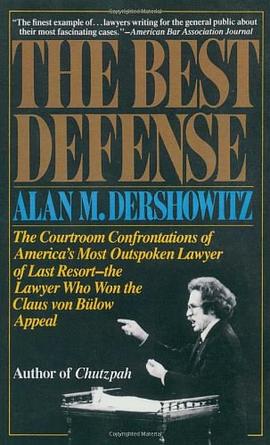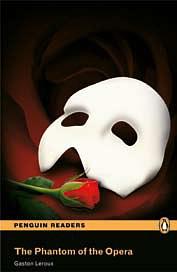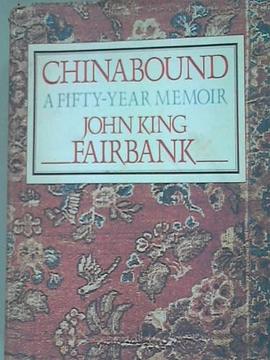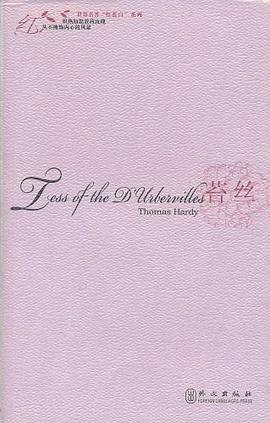

具體描述
The Silk Road is as iconic in world history as the Colossus of Rhodes or the Suez Canal. But what was it, exactly? It conjures a hazy image of a caravan of camels laden with silk on a dusty desert track, reaching from China to Rome. The reality was different, and far more interesting, as revealed in this new history. In The Silk Road, Valerie Hansen describes the remarkable archaeological finds that revolutionize our understanding of these trade routes. For millennia, key records remained hidden--often deliberately buried by bureaucrats for safe keeping. But the sands of the Taklamakan Desert have revealed fascinating material, sometimes preserved by illiterate locals who recycled official documents to make insoles for shoes or garments for the dead. Hansen explores seven oases along the road, from northwest China to Samarkand, where merchants, envoys, pilgrims, and travelers mixed in cosmopolitan communities, tolerant of religions from Buddhism to Zoroastrianism. Hansen notes that there was no single, continuous road, but a chain of markets that traded between east and west. China and the Roman Empire had very little direct trade. China's main partners were the peoples of modern-day Iran, whose tombs in China reveal much about their Zoroastrian beliefs. Hansen writes that silk was not the most important good on the road; paper, invented in China before Julius Caesar was born, had a bigger impact in Europe, while metals, spices, and glass were just as important as silk. Perhaps most significant of all was the road's transmission of ideas, technologies, and artistic motifs. The Silk Road is a fascinating story of archeological discovery, cultural transmission, and the intricate chains across Central Asia and Southeast Asia.
作者簡介
芮樂偉·韓森(Valerie Hansen),耶魯大學曆史教授,著名漢學傢。著有《開放的帝國:1800 年之前的中國》(The Open Empire: A History of China to 1800,2015)、《傳統中國日常生活中的協商:中古契約研究》(Negotiating Daily Life in Tradition China: How Ordinary People Used Contracts, 600 —1400,1995)、《變遷之神——南宋時期的民間信仰》(Changing Gods in Medieval China, 1127—1276,1990)等漢學專著。
張湛,哈佛大學近東語言與文明係伊朗學方嚮博士候選人。
目錄資訊
讀後感
之前是找Peter Frankopan的《丝绸之路》时找到的这本书,但因为要读的书多,一直也没有下载下来。这次读来,颇有兴致,让人不能释手。这本书写得很通俗,但通过七个丝绸之路上主要城市的考古发现,把丝绸之路的历史、民族、语言变迁介绍得非常清楚,让人很长知识,也让我把以前...
評分作为外行读此书,对我是一种扫盲啊。 笔记: 1、目前没有证据表明,中国与罗马有直接的接触,那永昌的罗马村估计也不是罗马人的后裔? 2、丝路上并没有大规模的商队,规模都不大,各国金银币和丝绸绢布是丝路硬通货; 3、丝路上不存在横贯欧亚的商队,都是往来与两个绿洲城邦间...
評分题外 在汉语传统中,「书评」这种文体并不悠久。很少有人意识到,书评一词名称中倒装前置的句法,导致了该文体普泛弥漫着喧宾夺主的气氛:作为评论对象的「书」,突出在动词前面,成为写作与阅读的标的。直把宾语置顶端,貌似表达一种尊重的修辞;实则上,主谓宾关系中的逆序...
評分2018.3.22看完 身为新疆人,对这条鼎鼎大名的“丝绸之路”一直只知其名,不解其实。阅读本周图书,刷新了我的惯常认知。尤其是卡师翻译,让人读来又有一番亲切。 作者通过大量有实证的出土文书、文物、古籍交相应证,从中解读出丝绸之路的真实面貌。尤其是她不拘泥于中文、英文...
評分书的278页,敦煌藏经洞中于阗-梵语常用语手册有些简单的对话: 你好吗? 很好,谢谢! 你好吗? 你从哪儿来? 我从于阗来。 不要生我的气。 我不会扯你的头发。 你要是说让人不愉快的话 我就生气了。 他爱很多女人。 他做爱。 你有书吗? 我有。 [什么书?] 经、律、论、密...
用戶評價
確實是虎頭蛇尾
评分可以當小說書隨便看看啦!
评分10%
评分不太新
评分想起之前和山說起這本書,再誇一下。曆史太真實瞭仿佛是小說,一個一邊研究地理一邊設計中原往歐洲運煤的鐵路選址的德國人在20世紀創造的名詞,已經變成切格瓦拉頭像一般的存在……
相關圖書
本站所有內容均為互聯網搜索引擎提供的公開搜索信息,本站不存儲任何數據與內容,任何內容與數據均與本站無關,如有需要請聯繫相關搜索引擎包括但不限於百度,google,bing,sogou 等
© 2025 qciss.net All Rights Reserved. 小哈圖書下載中心 版权所有

